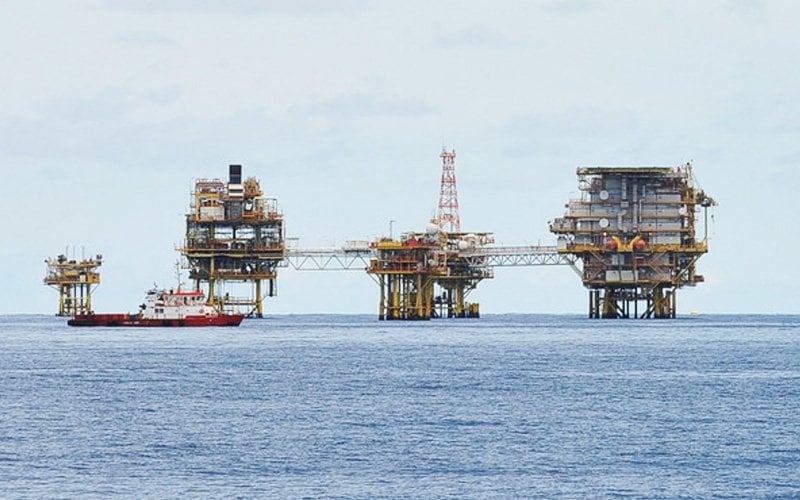Our squandered oil fund could have been our pension fund

The Malaysian government is pointing to our near-empty national coffers as a justification for not paying pensions to our civil servants.
Considering our petroleum industry started in the 1970s, compare our financial state to that of the Government Pension Fund of Norway, also known as their Oil Fund which was only established in 1990 to invest the surplus revenues of the Norwegian petroleum sector. The Norwegian Government Pension Fund Global has invested in international financial markets, so the risk is independent of the Norwegian economy. Today, their Pension Fund has over US$1 trillion in assets, including 1.5% of global stocks and shares, making it the world’s largest sovereign wealth fund. In 2018 it was worth about US$195,000 per Norwegian citizen.
So, who should bear responsibility for squandering all our oil & gas revenue since the seventies? And pensions are not the only casualty of our parlous financial state – in our oil-producing state of Sarawak, there are insufficient funds to repair the thousand or so dilapidated schools!
Petronas, the non-pensionable cash cow
The truth is, since the seventies, the profligate spending of the New Economic Policy has been largely funded by the exploitation of offshore oil which, by 1985 contributed 26% of all government revenues. This has continued right up to the 2019 budget.
Tengku Razaleigh Hamzah, who was the founding chairman and chief executive of Petronas, has said that Putrajaya had been using the oil and gas firm as a cash cow, especially in bailing out government-linked outfits of financial trouble. He said that since its inception in 1974 and until 2011, Petronas had paid the government RM529 billion in dividends, taxes, petroleum proceeds and export duties. He said the reliance of Petronas to help government-linked outfits out of financial trouble had been going on since 1985.
A finance minister from 1976 to 1984, Tengku Razaleigh said Petronas had rescued Bank Bumiputra with a RM2.5 billion bailout in 1985 and again in 1991 when it coughed up another RM1 billion. He said Petronas also had to rescue the financially ailing Konsortium Perkapalan Berhad for RM2 billion in 1997. He added that Petronas was made to underwrite the construction of the Twin Towers, located in the heart of Kuala Lumpur, for RM6 billion and the building of the extravagant Putrajaya, the administrative capital of the federal government, for RM22 billion:
“This amount could have been used more productively to fund a national pension programme for Malaysians, as has been done by a certain Scandinavian country.”
Tengku Razaleigh said the exorbitant amount of the bailout and construction of these projects that were forced onto Petronas had deprived the company of the much-needed cash build-up for reinvestment, which would ensure its business sustainability. According to him, since 1997 the subsidies to the national power supplier, the independent power producers and some other non-power outfits amounted to RM136.5 billion. And while these power producers continued to enjoy subsidised fuel price, petroleum subsidy to the consumers – which purportedly cost the government RM14 billion in 2011 – was partly discontinued.
When the English are in a fix, they settle for a cup of tea; In Malaysia, we call for a Royal Commission of Inquiry (RCI). This Petronas-linked pension issue does look like an RCI moment!
Kua Kia Soong is the adviser to Suaram.





It would be hilarious, if it were not so sad.
ReplyDeleteThe principal reason the Government pensions are under threat is that your beloved Najib who must never be held accountable for anything, was the person who plundered KWAP. Kumpulan Wang Amanah Pencen to fund his Kleptocracy.
be assured mahathir, lks and son will blame him, or have already blamed him, as you have too
DeleteThe truth hurts..
DeleteKWAP = Kumpulan Wang Ajibkor Punya
DeleteNorway was already an advanced 1st World country when oil, then gas , was discovered in its exclusive economic zone in 1969.
ReplyDeleteNorway had no urgent need for oil revenue to fund development projects. The government and people wisely decided that the income for O&G would not be spent for expenses but put into an investment fund. It is now one of the world's largest sovereign funds, and by Norwegian law, the principal cannot be drawn upon except in dire emergencies, and the returns from the investments are either reinvested , or spent on worthy areas upon approval by an independent board.
Don't compare to Malaysia, which was a 3rd World developing country before oil was discovered, and needed those oil funds for development expenditure purposes.
The money has gone into schools, hospitals, non-toll roads, universities , electricy grids, infrastructure ... though you won't read about that in this blog.
We often forget that even in neighbouring Thailand, electricity and piped water supply often extends only a few miles beyond town areas and main roads.
Yes, plenty was also badly spent , which Lim Kit Siang spent years exposing and criticising.
wonder how much was wasted - maybe you ought to re-read article (assuming you had even read the above article). We're NOT talking about schools, hospitals, non-toll roads, universities , electricity grids, infrastructure but wastage spelt out clearly above.
DeleteI also wonder how much dedak you are being fed on, wakakaka
I read the article, but as usual I have very little respect for what Kua Kia Soong writes.
Delete